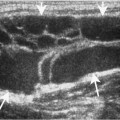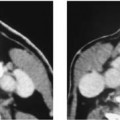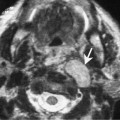Chapter 96 Epiglottitis is a systemic disease that involves the supraglottis, especially the epiglottis. This disease usually occurs in children between the ages of 2 and 4, although recent reports suggest that its incidence is increasing in patients < 2 years of age. There is no reported gender predilection. Epiglottitis is a systemic infection that results in generalized septicemia. Patients often present with high fever and signs of respiratory obstruction. Blood cultures are often postive in these patients. Affected children are characteristically sitting upright and drooling at presentation. These individuals have greater inspiratory than expiratory stridor. The onset of symptoms is often acute and may occur over a 2- to 6-hour period. On examination, the epiglottis is swollen and cherry red in appearance. The aryepiglottic folds are usually swollen with resultant narrowing of the supraglottic airway. The secretions in patients with epiglottitis are often thick and tenacious, and sudden respiratory arrest may be caused by mucous plugging of an already compromised airway. The most common organism causing epiglottitis is Haemophilus influenzae
Epiglottitis
Epidemiology
Clinical Findings
Pathology
![]()
Stay updated, free articles. Join our Telegram channel

Full access? Get Clinical Tree








